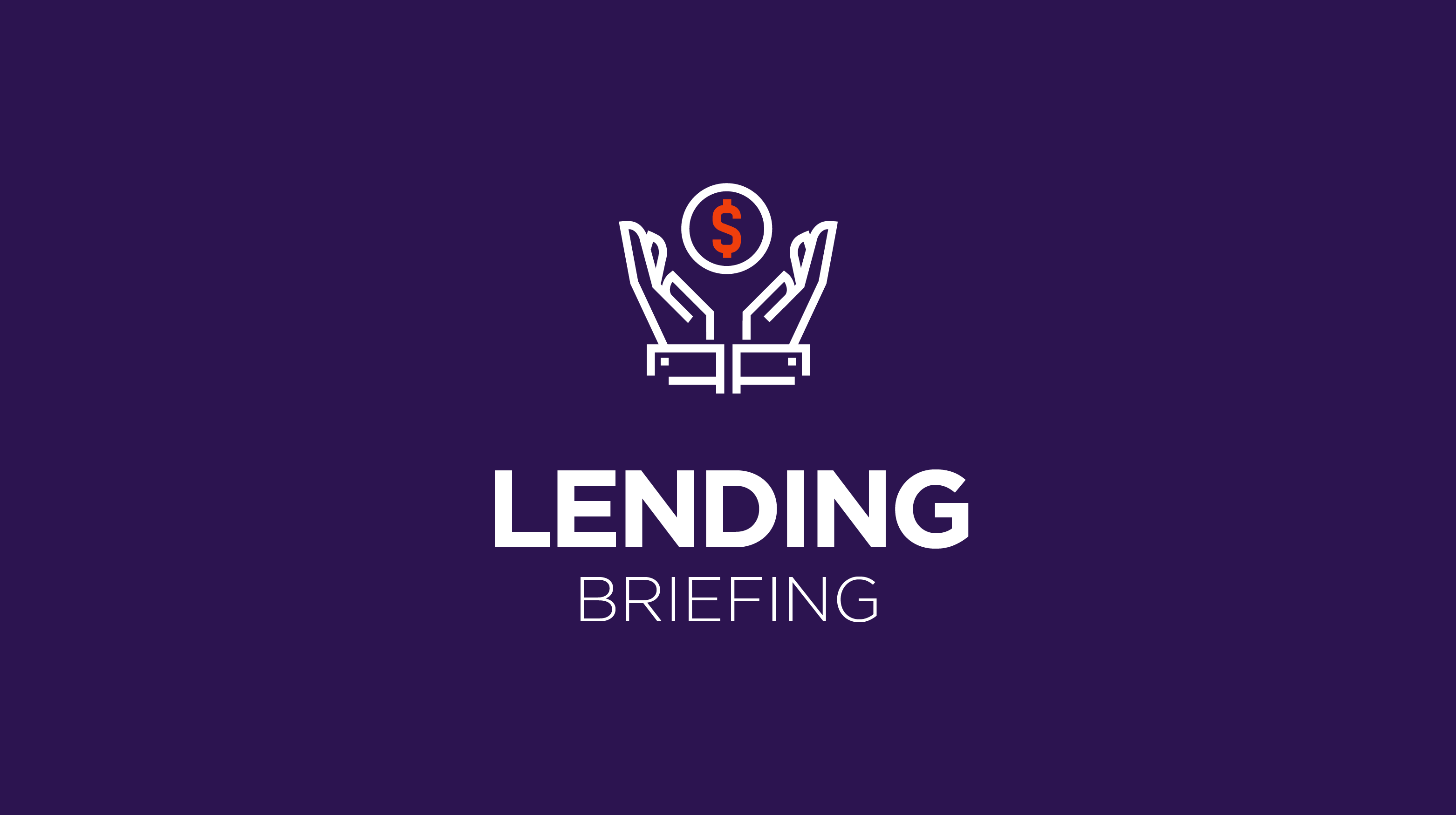Member Exclusive, Online Lenders
Lending Briefing: Big banks’ Q2 results and rising commercial loan volumes
- Rising interest rates are a challenge for most financial market participants, but banks benefitted from this as lenders, helping to boost their Q2 bottom line.
- Commercial loans grew by double-digits compared to last year, the strongest loan growth since the onset of the pandemic.








